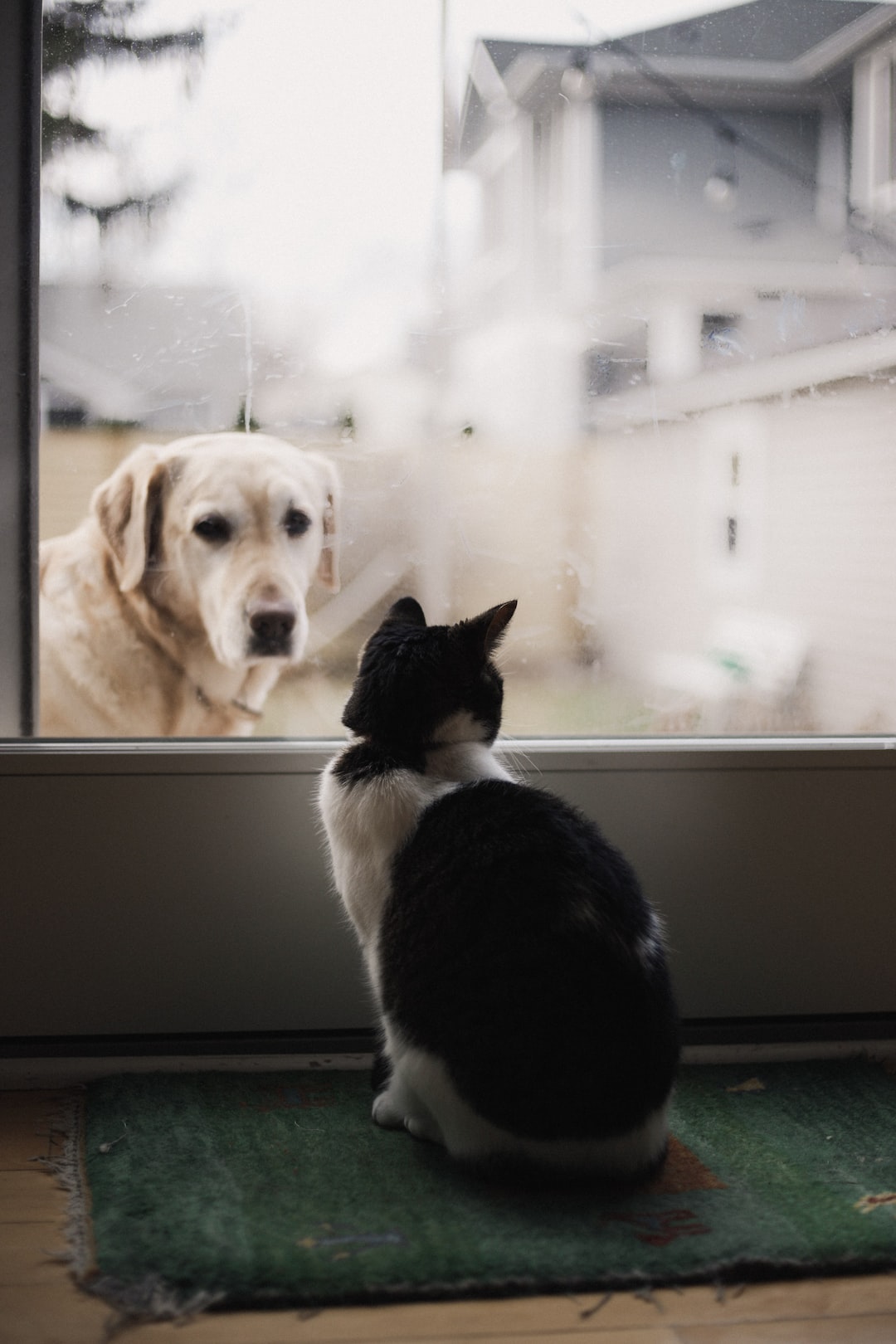Pet-Proofing Your Home: A Checklist for Creating a Safe Environment
Owning a pet is a joyous experience that brings love, laughter, and companionship into our lives. However, it also comes with the responsibility of ensuring their safety and well-being. Just as you would childproof your home, pet-proofing plays a crucial role in preventing accidents and keeping your furry friend out of harm’s way. Here is a checklist to guide you in creating a safe environment for your beloved pet.
1. Secure the Perimeters: Start by inspecting your home’s boundaries. Ensure that all fences are secure, and there are no gaps or holes through which your pet can escape. Install pet-proof latches on gates and screen doors to prevent unauthorized outdoor adventures.
2. Store Hazardous Materials: Keep household chemicals, medications, and cleaning supplies in locked cabinets that are out of your pet’s reach. Remember that certain plants can also be toxic to animals, so research which ones are safe for your pet and consider removing any potentially harmful foliage.
3. Electrical Cords and Wires: Pets, especially puppies and kittens, may find cords and wires an irresistible chew toy. Conceal them or use cord protectors to prevent electrocution or choking hazards. Additionally, consider using baby gates or barriers to keep your pet away from any electronics or appliances.
4. Move Fragile Items: Pets are naturally curious creatures, and their wagging tails or playful paws can easily knock down fragile items. Secure or relocate items like vases, picture frames, or delicate ornaments to avoid accidents, injuries, or breakages.
5. Trash and Bins: Pets are notorious for their inclination to rummage through trash cans, attracted by interesting odors or tasty scraps. Invest in bins with secure lids or place them in a cupboard to prevent your pet from ingesting potentially harmful substances or choking on small objects.
6. Countertops and Tables: Cats, in particular, are known for their ability to jump and explore elevated surfaces. Remove any items from countertops or tables that could pose a danger to your pet. This includes foods, toxic substances, or small objects that could be swallowed.
7. Choose Pet-Friendly Plants: Many houseplants are toxic to animals, so check before bringing any greenery into your home. Opt for pet-friendly varieties such as spider plants or Boston ferns, and place them out of your pet’s reach to prevent accidental ingestion.
8. Secure Windows and Balconies: Ensure windows and balcony doors are securely closed or fitted with screens to prevent accidental falls or escapes. Consider installing window guards if you have a particularly curious or adventurous cat.
9. Keep Small Objects Out of Reach: Just like toddlers, pets tend to explore the world with their mouths. Keep small objects like buttons, batteries, or coins out of their reach to prevent choking hazards or gastrointestinal blockages.
10. Provide Ample Toys and Pet Supplies: Lastly, give your pet plenty of toys and safe items to play with, chew on, or scratch. This will minimize their curiosity for household items and help channel their energy into appropriate activities.
By following this checklist, you can pet-proof your home and create a safe environment for your furry companion. Remember, prevention is key to avoiding accidents and ensuring your pet lives a happy, healthy life.
